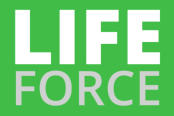

The magazine of the photo-essay

November 2018 back issue


“A free, really high quality photo-essay magazine. Fabulous!”
Stephen Fry. British actor, writer and film maker
by Ana Palacios
In Africa, there is a superstition that drinking an “albino potion” brings good
luck, which is why they are hunted, mutilated and murdered by bounty
hunters wanting to obtain ingredients for this highly prized concoction.
However, their real enemy is the sun. The absence of melanin and a lack of
suitable protection from the sun causes skin cancer that slashes their life
expectancy to less than 30 years.
In Tanzania, the country with more albinos than anywhere else in the world,
the government has found it necessary to build shelters to protect these
people from the clutches of unscrupulous traffickers in human beings. At the
shelter they are also taught how to prevent skin cancer and the lethal
consequences of not protecting themselves from ultraviolet light.
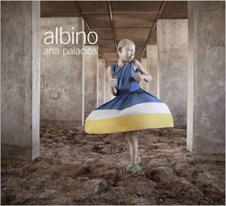
This report shows what everyday life is like in Kabanga, a shelter for albinos, and also shines a light on NGO, chemists
and doctors who work to prevent the mortal consequences by fighting to address the discrimination and stigmatization
suffered by this vulnerable community.
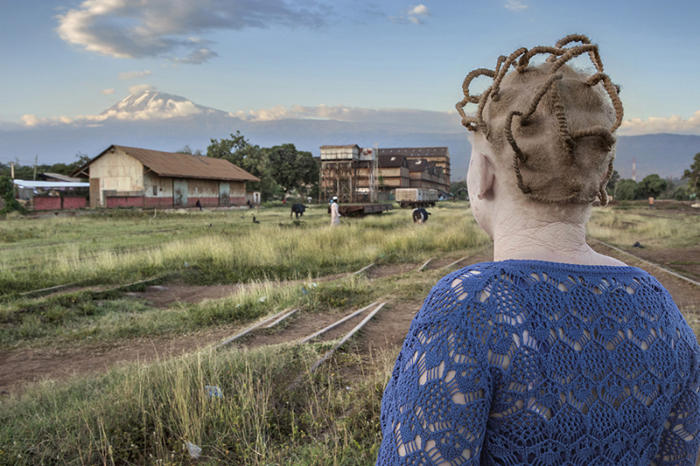
Grace Manyika, at the old Moshi train station, looks at the Mount Kilimanjaro. The largest albino community in Africa is
concentrated on the slopes of Kilimanjaro.
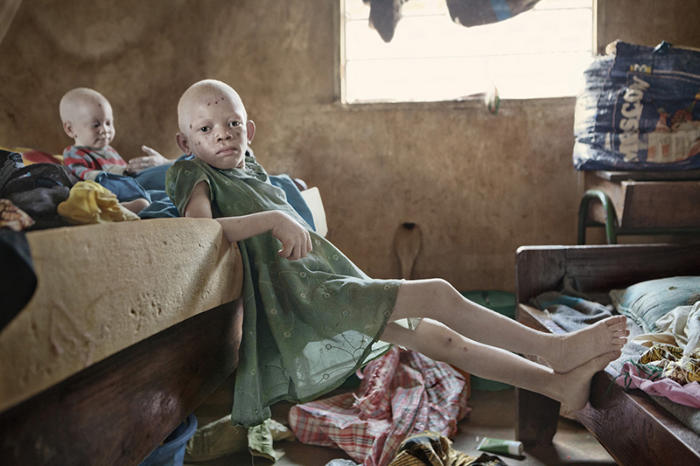
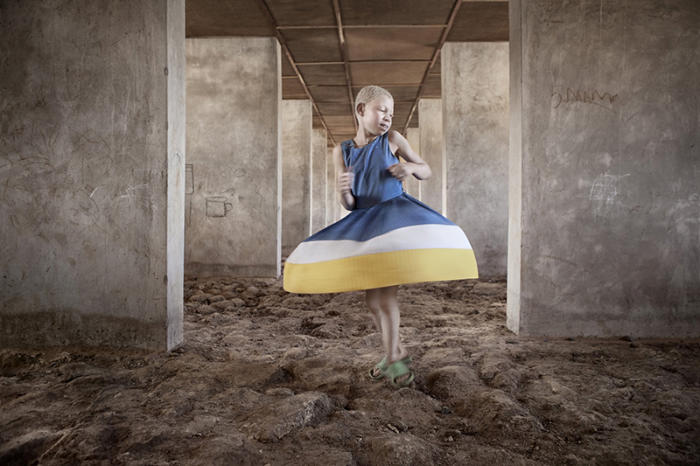
Aisha Adam is one of the lucky children at Kabanga because she lives with her mother and her three brothers. It's one of
the few cases of some kind of family group living at the center.
Eleven-year old Kelen loves dancing in the half-built bedrooms at Kabanga, an albinos shelter, away from the sun.
Kabanga, Tanzania.
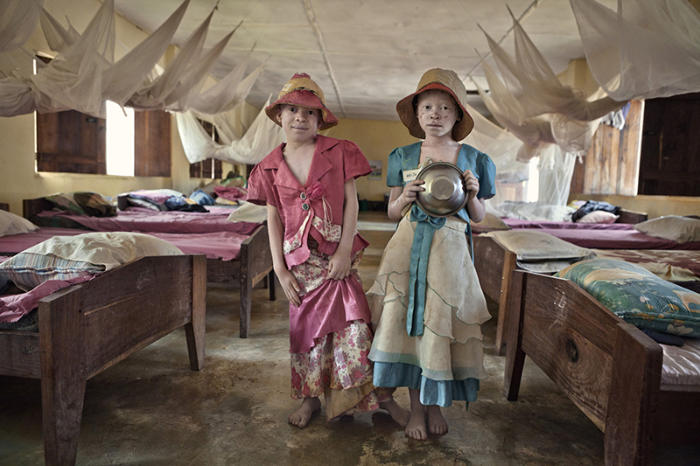
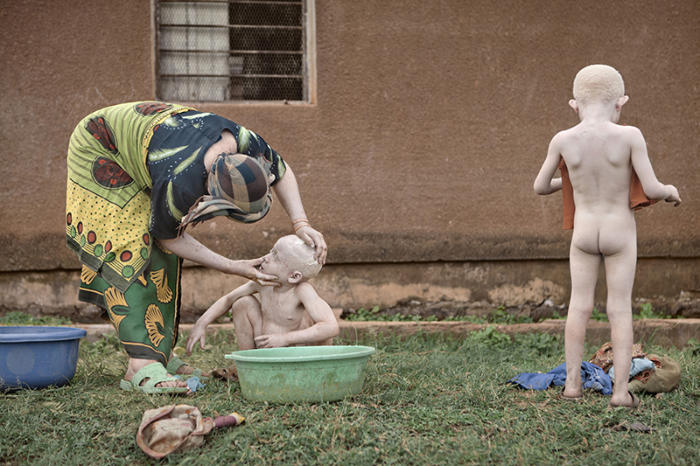
Josephine and Hadija at their bedroom. At Kabanga Center a hundred albinos live alongside another hundred people
with a range of functional limitations such as visual and hearing impairment and mental problems.
Bath time starts at sunset in Kabanga. This is the safest time of day when albino children can take their clothes off
without being afraid of getting their skin sunburnt.
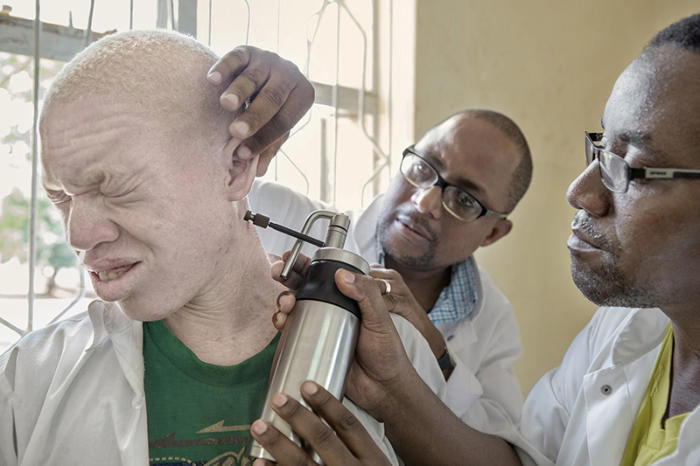
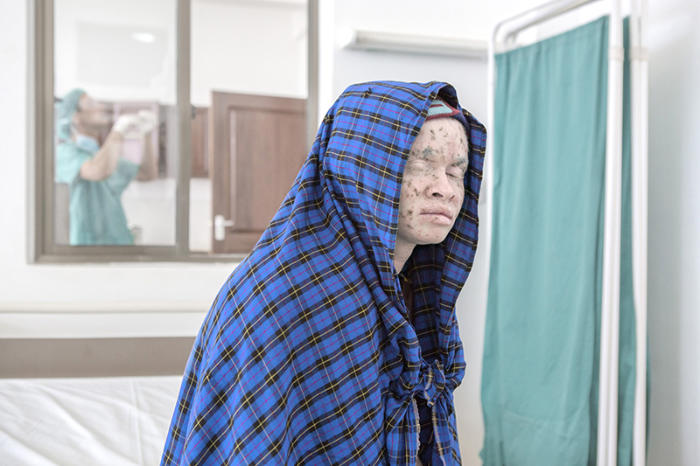
Daudi Mavura, director of the RDTC, and Rodgers Nonde, a second year house officer, apply cryotherapy to precancerous
lesions on Furaha Machibya, an 18-year-old patient.
Dermatologist Dr Luis Ríos prepares an injection of methotrexate, a chemotherapy treatment he will apply to the
squamous cell carcinoma that Dada Molel, a 22-year-old Maasai woman from Arusha, suffers in the right malar region.
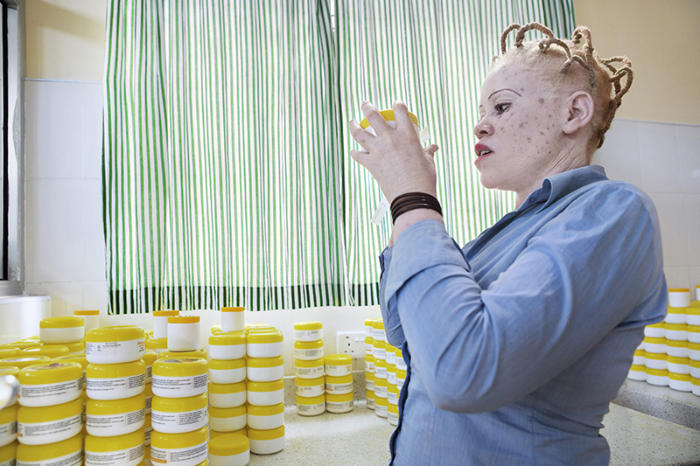
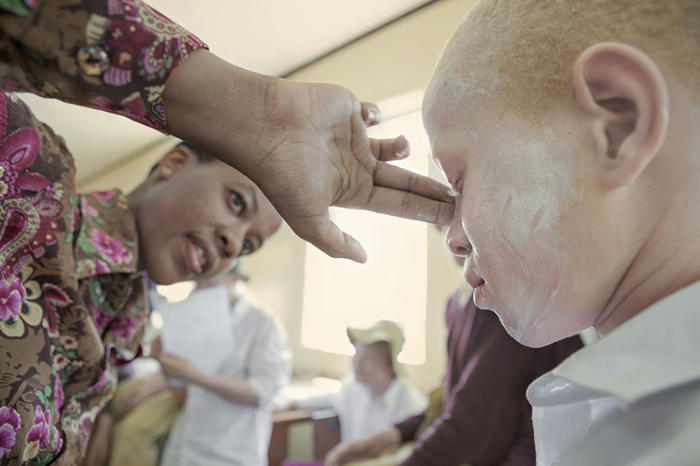
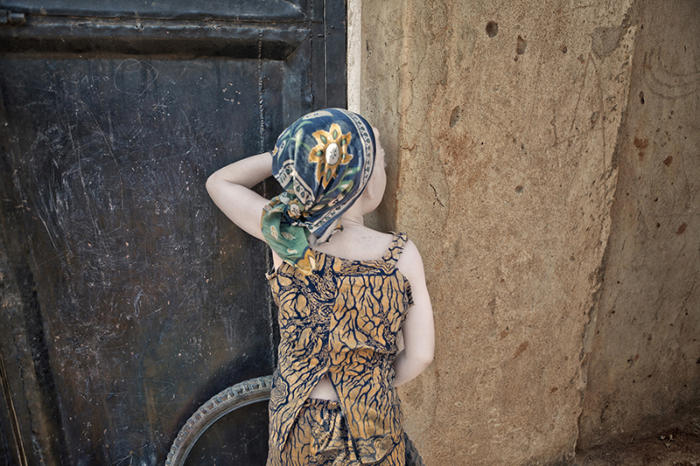
Grace Manyika checks the jars before sending the product to the distribution centers at Kilisun production laboratory,
Kilimanjaro Sunscreen Production Unit, that was opened in July 2013. In 2016 it distributes its products to two thousand
three hundred people with albinism.
Sang'uti Olekuney gives a demonstration of how to apply Kilisun correctly at a mobile clinic in Old Moshi Secondary
School.
Lusia Josamu peers through cracks in the doorway separating the Kabanga refuge from the village.



